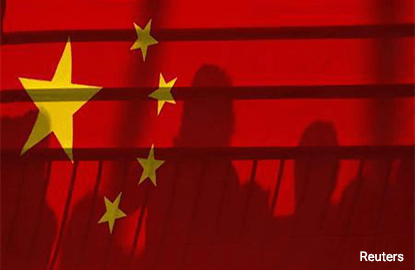
SINGAPORE (Nov 16): Now that Donald Trump is the US President Elect, market watchers expect the ratification of the Trans-Pacific Partnership to lapse, dashing the hopes of external markets that rely on US demand.
That means Singapore would be the hardest hit among ASEAN countries by a fall in final demand from the US. Citi estimates that 8.4% of the country’s gross domestic product is exposed to the US, particularly in the services trade. Vietnam trails behind with an 8% exposure, followed by Malaysia with a 6.3% exposure.
However, Citi analyst Kit Wei Zheng points out that Malaysia has a large final demand hedge from China of 8.4%, compared with the impact of localisation of supply chains within China on Singapore’s exports.
Meanwhile, many ASEAN countries have already seen higher foreign direct investments from China. Kit noted that FDI from China and Hong Kong into the ASEAN-4 countries — excluding Singapore — was S$9.4 billion in 1H16, which accounted for 36.9% of total FDI inflows. That was nearly as high as the cumulative US$10 billion from 2013 and 2015, and is far ahead of the US$919 million in FDI from the US in the same period.
For Vietnam, FDI from China has exceeded that from the US since 2011.
“With current account surpluses under pressure in some countries, Chinese savings may become increasingly key in financing Asean’s investment cycle, particularly in Malaysia and Indonesia, where improvements in basic balances this year were dominated by the surge in Chinese FDI,” said Kit, adding that Philippines could stand to benefit in future.
Kit believes the “pivot to China” within Asean countries will continue to pick up speed.
“Dependence on China to plug external financing gaps will only accelerate if protectionist trade policies in the US keep current account surplus of Malaysia, Philippines and Vietnam under pressure”, he said.
In this regard, Singapore could be potentially more vulnerable to the protectionist economic policies in the US, given its historical dependence on US FDI, and its minimal participation in the “China pivot”.